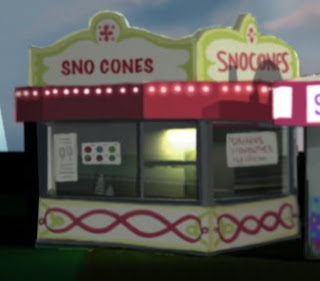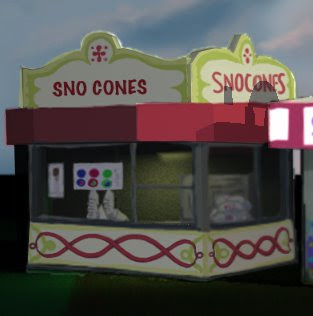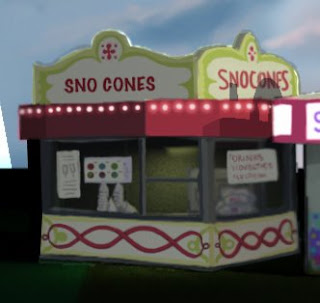
This is the image I rendered using surface shaders. The whole image was rendered out, taken into photoshop and painted on. That was then sent back into Maya and then rendered again. Default shading sampling of 2 to 8 samples, and multipixel filter.

Multipixel filter, shading rate of 1 sample per pixel.

Lambert rendered with no multipixel filter and shading samples at 1.

Surface shader, no filter and shading samples at 1, render used as background. This is to show if there is any loss when an image created with no filter is used again in the render.

This is the image with multipixel filtering, after I have gone back and made sure when I iterate in photoshop, that I retain the crispness of my painted image.
Basically, regardless of how the image is ultimately rendered, when working in the paint pipeline, it is important to render images that will be taken into photohop as crisply as possible, so as to lessen the degradation of the image as it is bounced back and forth in the lighting stage. When rendering for use in photoshop, do not use multipixel filtering, and set shading sampling to 1 per pixel. Final render can use multipixel filtering.



